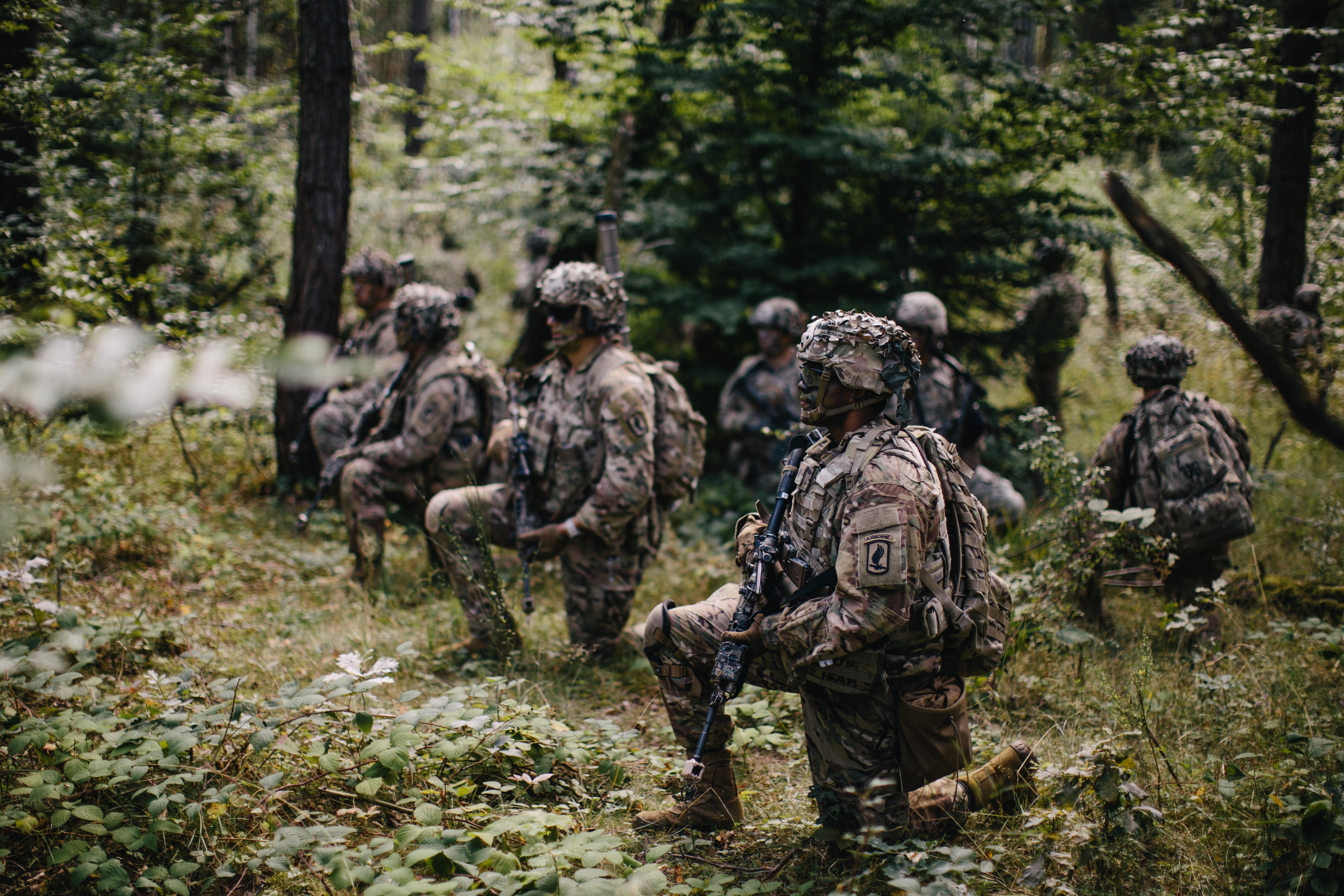WASHINGTON – The demand for Army officers is higher than it has been in years and most of those officers will come not from West Point or other military schools but instead from the swath of colleges and universities across the country through the Reserve Officer Training Corps.
The head of the Army’s ROTC efforts, Maj. Gen. John Evans, sat down with Army Times during the Association of the U.S. Army Annual Meeting and Exposition this week to discuss some of the challenges of meeting those increased demands.
As recently as three years ago the Army ROTC was tapped to provide 5,200 new second lieutenants. That grew to 5,800 this past year and will hit 6,000 next year before dropping back to about 5,900 for the following two years.
RELATED

That’s still 65 percent of all officers, or more than Air Force and Navy ROTC and the service academies combined.
But Army officers don’t join as quickly or in the numbers that enlisted do. The U.S. Army Recruiting Command has to routinely pull in 68,000 or more new soldiers. Those numbers can shift rapidly as a new soldier can be put on contract and shipped out the door to basic training within weeks or months.
A new officer takes time to grow while also obtaining a college degree.
Planning for the pending numbers started years ago, Evans said. First the 274 programs across the nation needed more cadre. Unfortunately, they were competing for the very same mid-career, noncommissioned officers and commissioned officers as the expanding One Station Unit Training, lower level operational commands and combat training centers.
The Army just didn’t have enough to spare for the nearly 200 additional cadre needed.
To solve that, the Army provided funding for 175 contractors, majority of which are retired military personnel to take the burdens of logistics, human resources and low-level initial military training for the cadets.
That allowed the uniformed cadre to focus on more complex tasks and some of the basics of shepherding cadets through ROTC and college so that they may wear the gold bar.
And that’s because a freshman ROTC cadet or a junior “lateral” join have all the demands of the regular college student such as passing classes and also have to stay out of trouble, stay healthy and stay motivated.
For attracting college students to ROTC, many of which have never been exposed to the military and may not have military family connections, Evans and his staff are reaching out in the digital space.
That includes his own personally monitored Instagram and Twitter accounts @CG_ArmyROTC and a series of YouTube.com videos that explain Army ROTC life and the benefits the programs offer.
The ROTC cadre will also see changes in how they join the program’s ranks, just like the rest of the Army.
Two weeks ago, the Army opened its “marketplace” program for officers. That allows officers to provide more detailed requests for duties and the system aims to better match their resume, skills and capabilities with the job’s needs.
The program will eventually expand to the noncommissioned officer ranks.
Human Resources Command helps select the top officers, and most programs are run by a lieutenant colonel or major except for the six private military academies, which have colonels. HRC also selects the senior enlisted, and each program has a master sergeant in that position.
And it looks to be a decent career move for the enlisted soldiers.
Those master sergeants are promoted to sergeant major at twice the rate of their other Army counterparts.
Earlier in the pipeline, Evans said analysis has shown some interesting aspects of the Junior ROTC programs. Those number 3,400 across 33,000 high schools, or about 11 percent.
Half of all those programs are Army ROTC.
And that analysis shows that about a quarter of all JROTC participants go on to serve either as officers or enlisted.
Another interesting layer that Evans said needs more research shows that students at schools with JROTC programs are twice as likely to serve in the military, whether they participate in a JROTC or not.
Todd South has written about crime, courts, government and the military for multiple publications since 2004 and was named a 2014 Pulitzer finalist for a co-written project on witness intimidation. Todd is a Marine veteran of the Iraq War.





